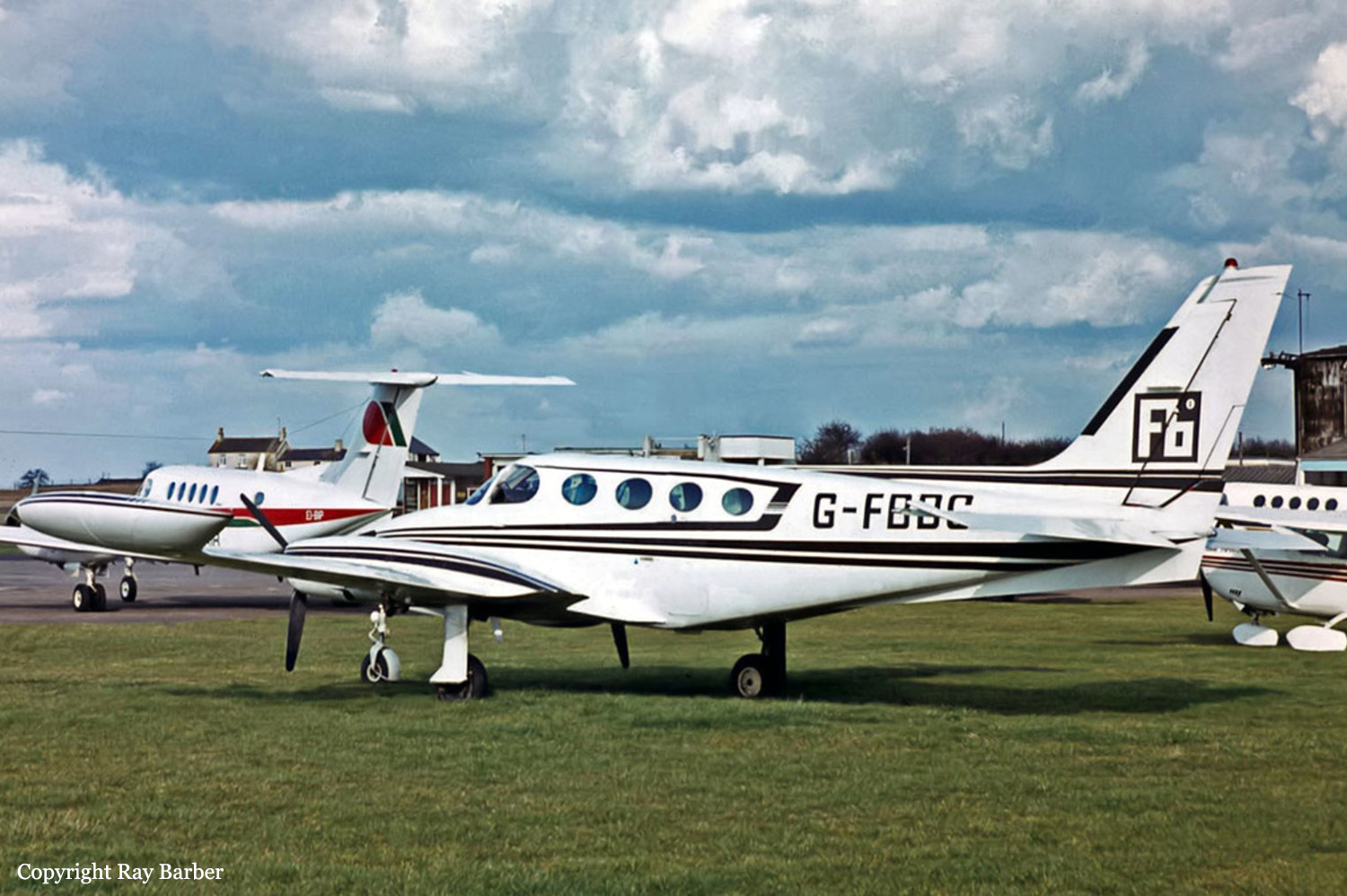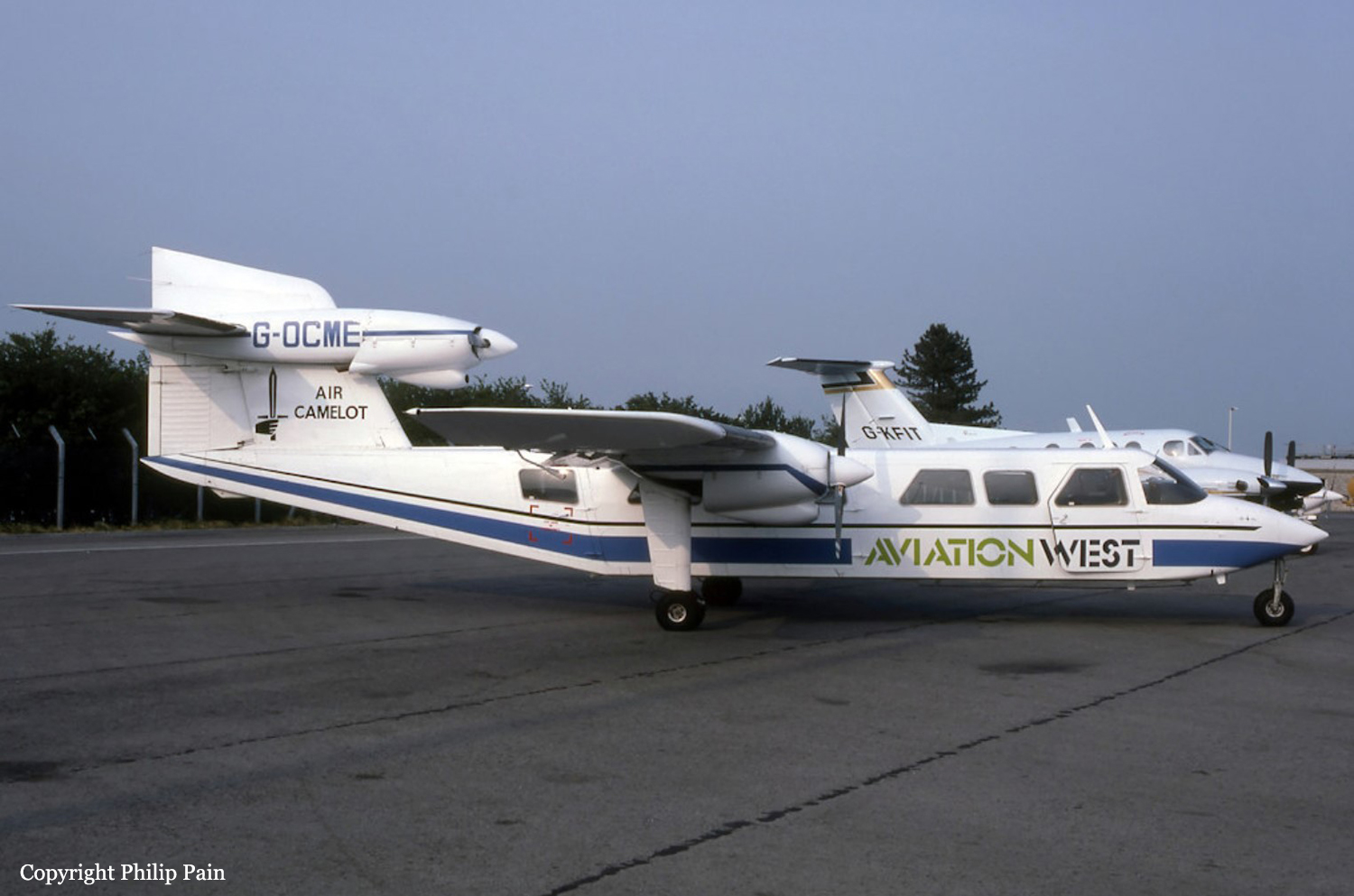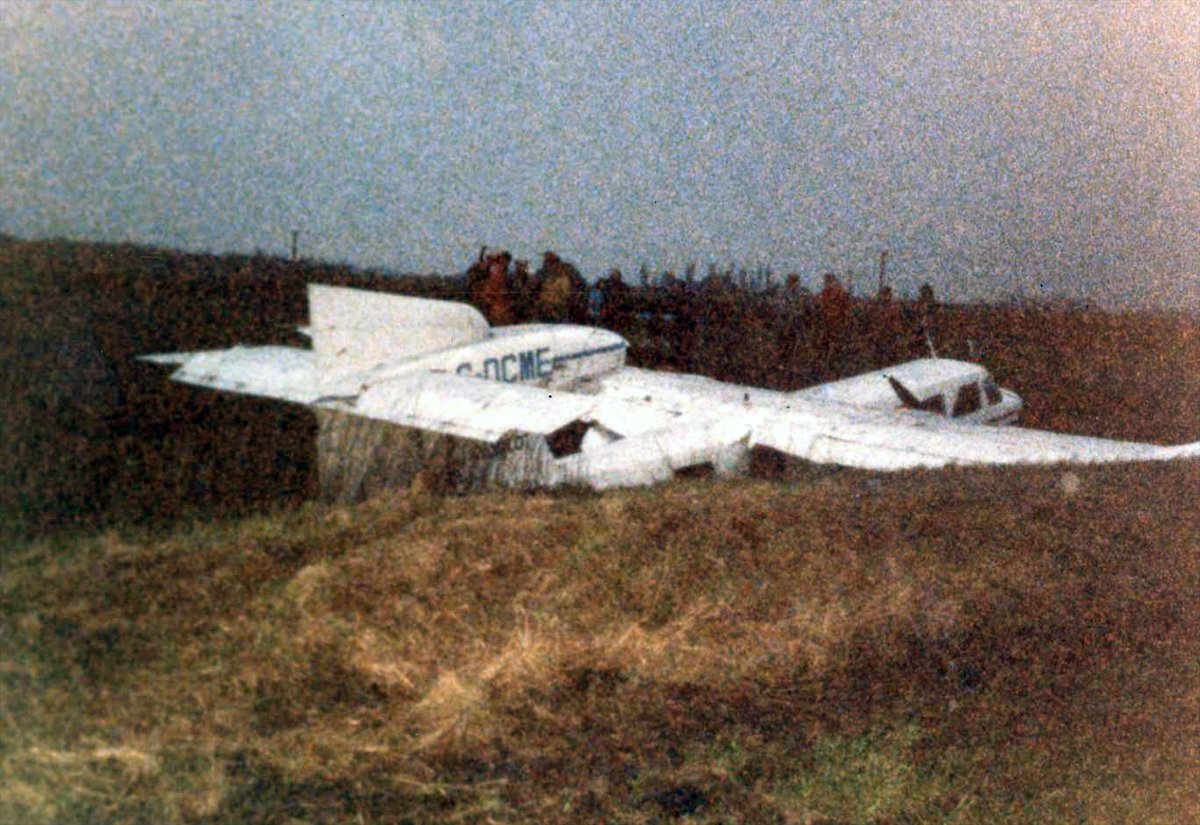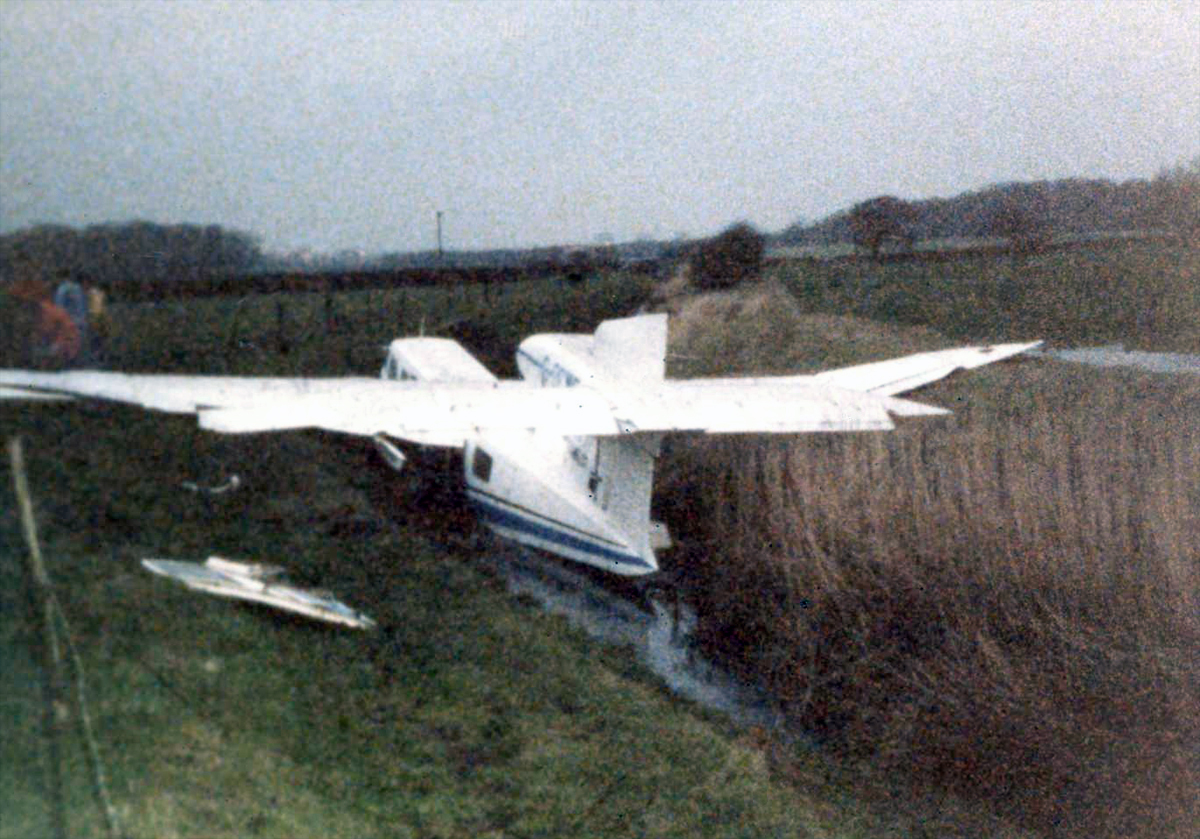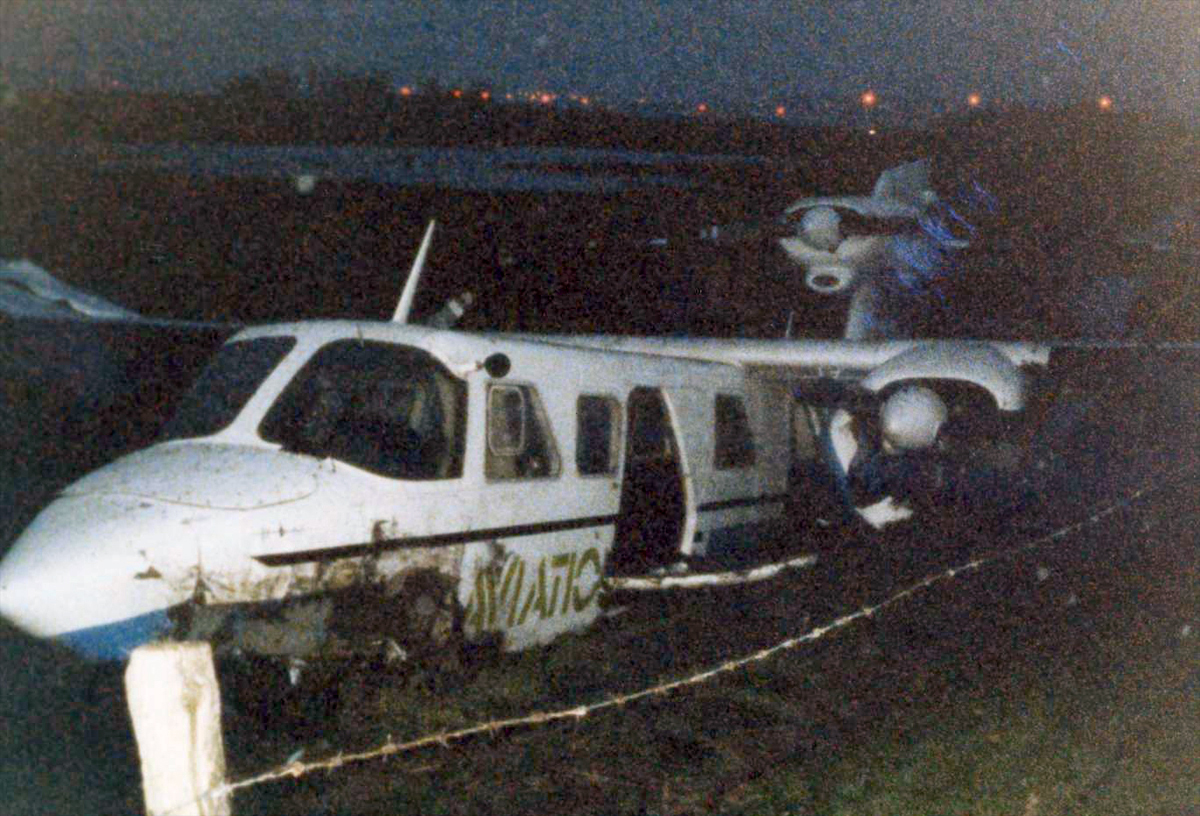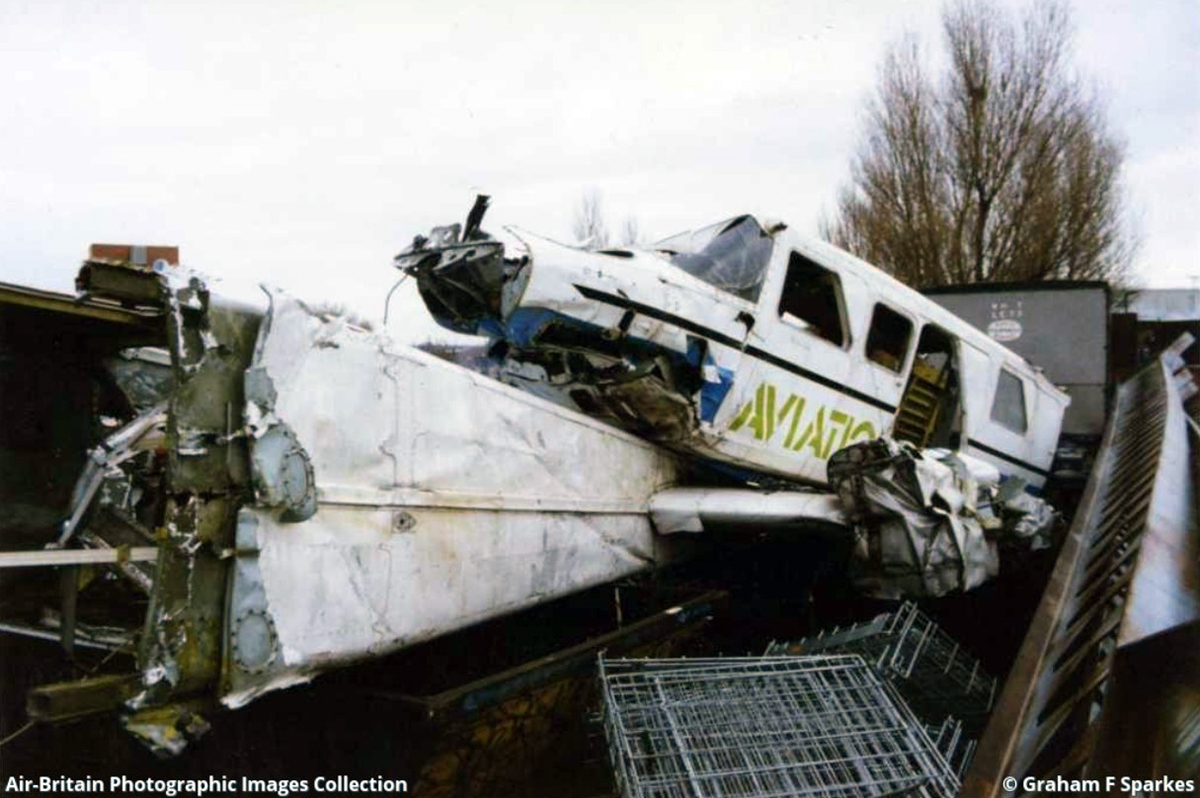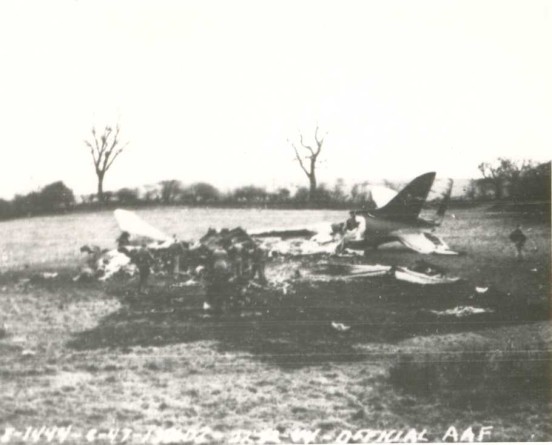Crash of a Cessna 340A in Somerford
Date & Time:
May 4, 1987 at 1516 LT
Registration:
G-FBDC
Survivors:
Yes
Schedule:
Jersey – Exeter – Somerford
MSN:
340A-0442
YOM:
1978
Crew on board:
1
Crew fatalities:
Pax on board:
3
Pax fatalities:
Other fatalities:
Total fatalities:
0
Captain / Total hours on type:
444.00
Circumstances:
Following an uneventful flight from Jersey, with an intermediate landing at Exeter, the aircraft made a left circuit at Somerford onto a 1 mile final approach to runway 36. Somerford is an 800 metre by 21 metre grass runway, bounded by a belt of 50-60 feet high trees at the southern end of the runway with a field of soft ground on the west side. The wind was 330°/13 kts and the temperature was 12°C. As the aircraft crossed the trees, at normal approach speed and rate of descent, the pilot reduced power for the landing and the aircraft suddenly dropped to the ground at the runway threshold. The left main gear separated at impact and when the wingtip struck, the aircraft swung to the left into the soft ground, causing the right gear to collapse. All the occupants' diagonal upper torso restraints held on impact and the crew and passengers left the aircraft via the normal exits.
Final Report:
